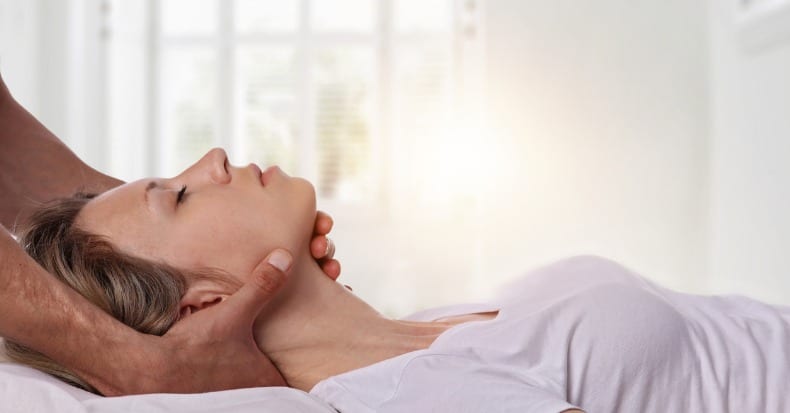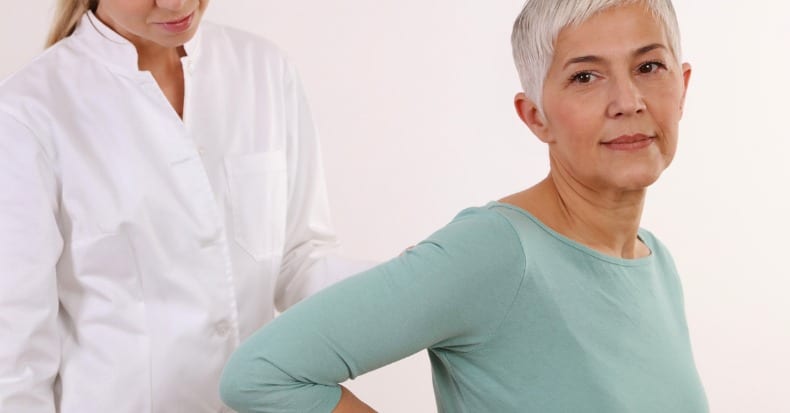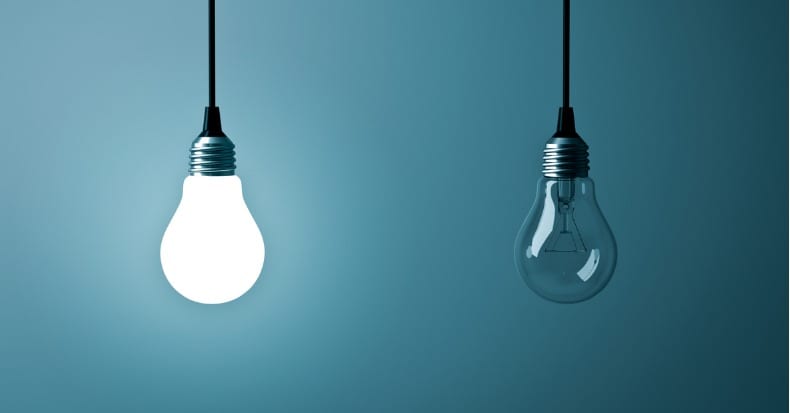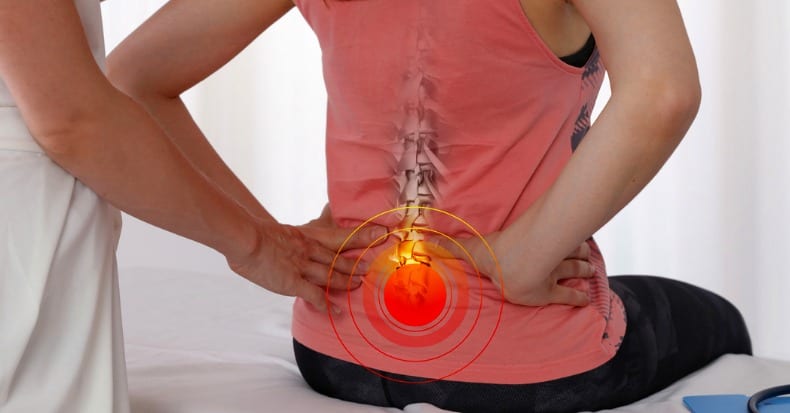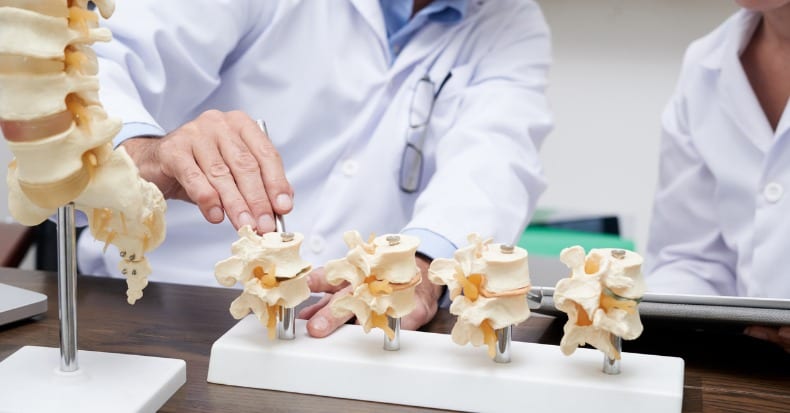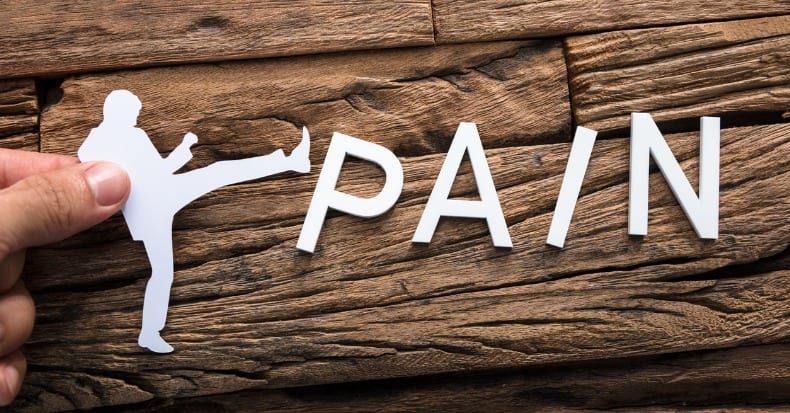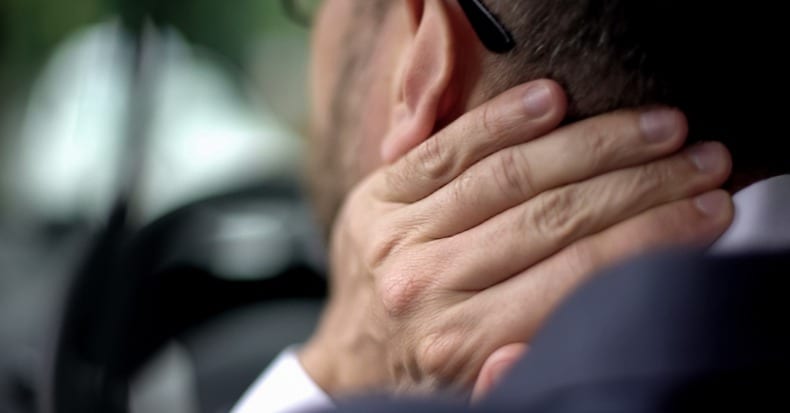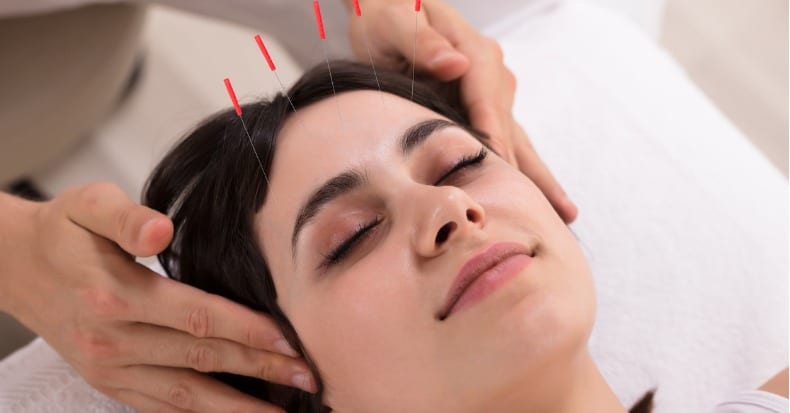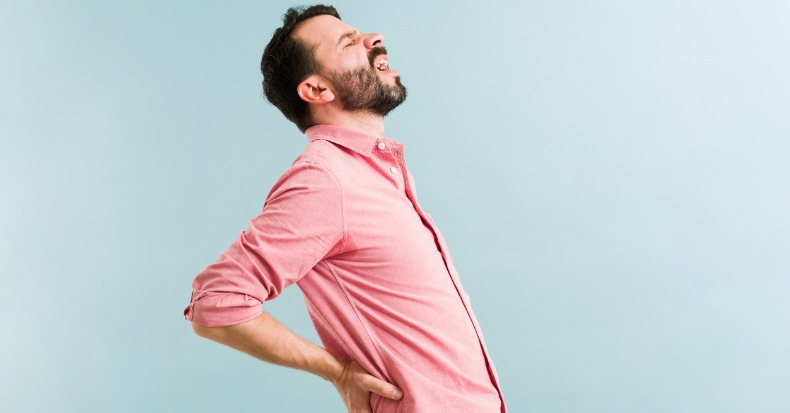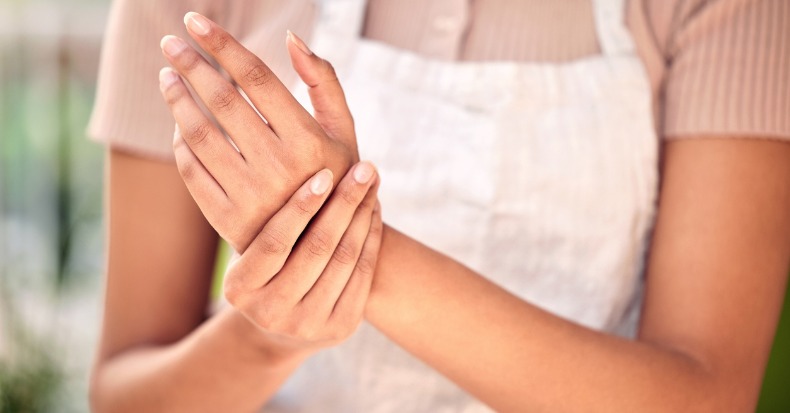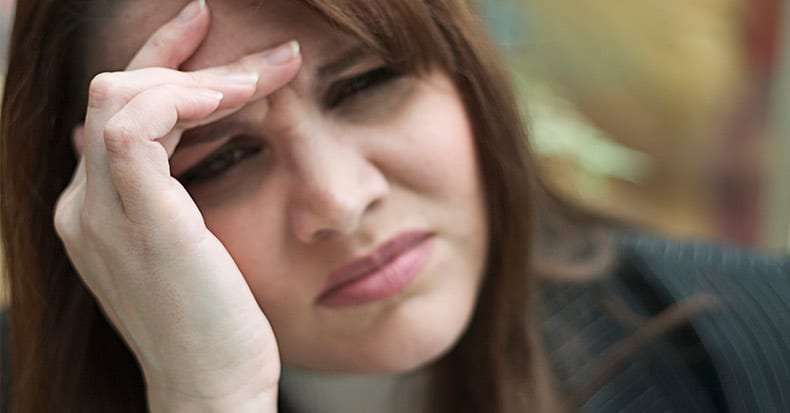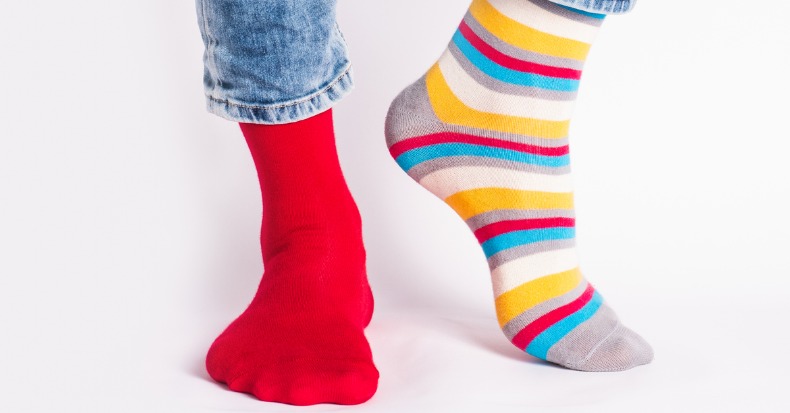Newest Articles
InjuryVolume 27, Issue 9, November 1996, Pages 643-645N. Woodward, J. C. H. Cook, M. F. Gargan and G. C. BannisterUniversity Department of Orthopaedic Surgery, Bristol, UKFROM ABSTRACTForty-three percent of patients will suffer long-term symptoms following ‘whiplash’ injury, for which no conventional treatment has proven to be effective.A retrospective study was undertaken to determine the effects [..]
The LancetJuly 28, 1990, p. 220The editors of THE LANCET review the June 2nd 1990 British Medical Journal article by Meade [immediately above], Low back pain of mechanical origin:randomized comparison of chiropractic and hospital outpatient treatment.The study used 741 patients. The editors of THE LANCET note:The article “showed a strong and clear advantage for patients [..]
British Medical JournalJune 2, 1990T W Meade, Sandra Dyer, Wendy Browne, Joy Townsend, A 0 FrankFROM ABSTRACTObjectiveTo compare chiropractic and hospital outpatient treatment for managing low back pain of mechanical origin.DesignRandomised controlled trial. Allocation to chiropractic or hospital management by minimization to establish groups for analysis of results according to initial referral clinic, length of [..]
Canadian Family PhysicianMarch 1985, Vol. 31, pp. 535-540H. Kirkaldy-Willis and J. D. CassidyDr. Kirkaldy-Willis is a Professor Emeritus of Orthopedics and director of the Low-Back Pain Clinic at the University Hospital, Saskatoon, Canada.FROM ABSTRACT:Spinal manipulation, one of the oldest forms of therapy for back pain, has mostly been practiced outside of the medical profession.Over the [..]
Chiropractic spinal adjustments and manual therapy primarily affect the spinal discs and facet (zygapophysial) joints. The studies below indicate that it is these joints that are responsible for chronic spinal pain.The first study was Dr. Vert Mooney’s Presidential Address of the International Society for the Study of the Lumbar Spine. It was delivered at the [..]
The most accepted theory to explain the benefits of chiropractic in the treatment of pain is the Gate Theory of Pain, originally presented by Melzack and Wall in 1965. The June 2002 issue of the British Journal of Anaesthesia presents a modern review of the Gate Theory in an article titled:
Gate Control Theory of pain [..]
In this month's issue we’re going to talk about a topic in which there is surprisingly little written... the duration and frequency of treatment for whiplash injuries.While many individual authors have published recommendations based upon personal and or clinical experience, and a small number of good solid studies have in fact been published.... the primary focus [..]
On January 28, 1993, the New England Journal of Medicine published:Unconventional Medicine in the United States Prevalence, Costs, and Patterns of UseKey Points from the abstract of this article include:1) Many people use unconventional therapies for health problems, but the extent of this use and the costs are not known. The authors conducted a national survey [..]
Subluxation is a term used by some chiropractors to describe a dysfunction involving the vertebral joints when such joints are out of their normal position. But how does a joint get out of its normal position? Usually, the culprit is some sort of trauma but not necessarily at the level of a high fall or [..]
If you see a server at your favorite restaurant or a cashier at your local grocery store with a brace on their wrist and ask them what's wrong, chances are their reply will include these three words: carpal tunnel syndrome.
For many patients with carpal tunnel symptoms like wrist pain, wearing a brace can be [..]
Over time, the fibromyalgia
sufferer can become used to the pain associated with their condition.
Being in pain becomes their new normal. It becomes normal to wake up and
have pain, even if after a restful sleep. It becomes normal to go out
for a simple stroll in the park and have it prematurely end [..]
It's estimate that 15-20% of headaches originate in the neck. That is, dysfunction in the neck can put pressure on the three nerves that innervate the head, causing the symptoms associated with a cervicogenic headache.
The posture of the neck is also important. There is normally a forward curve of the neck, which keeps the [..]
